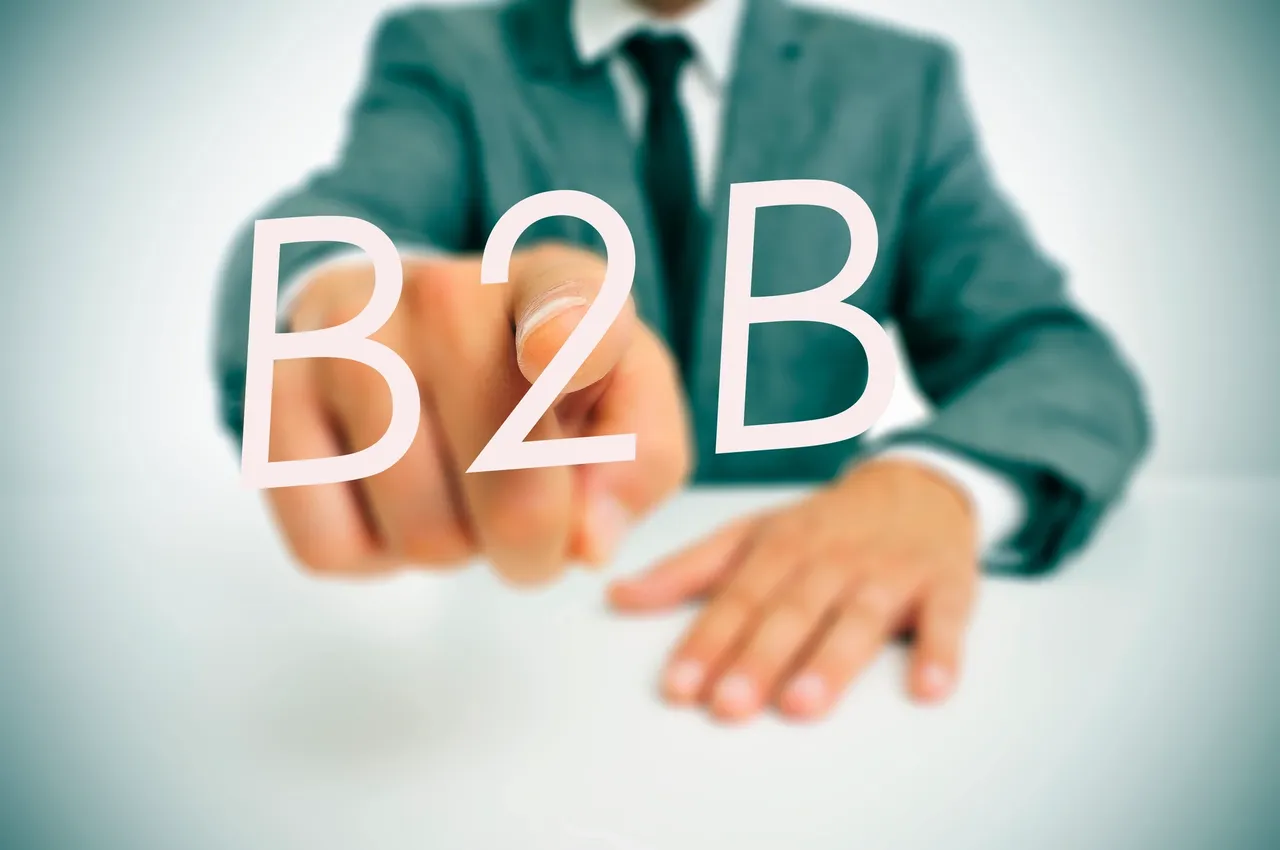You do not need to search hard to find a thought piece published on how to improve your loyalty, rewards or recognition program. However, for many companies curious about loyalty, the main questions are: Why loyalty and why now?
For Business to Business (B2B) or even Business to Business to Consumer (B2B2C) operating structures, there are key considerations and reasons for developing a loyalty program. Following are some popular reasons for incorporating a healthy dose of loyalty into your marketing mix.
DATA
By creating a program that provides value to the customer, they in turn will share their personal information, insight into their preferences, as well as their future purchase plans. This establishes an asset the enterprise can leverage to the greatest extent possible and adds value to the real and perceived valuation of the company in the eyes of the investment community.
COMPETITION
Loyalty programs are created for many reasons, including concerns that the competition has one. A formal program combats this weakness and blunts the competition and/or gains a competitive advantage by creating a program more compelling than what is offered in market. This achieves the desired effect of incremental revenue at a profitable rate of return.
CUSTOMER DEMAND
Loyalty programs are created and/or influenced due to feedback from customers. They participate in programs with the competition and in other sectors tangential to yours. They “expect” or anticipate that, based on their affinity to your business, you should be offering one.
LACK OF DIFFERENTION
Loyalty programs are created when businesses in the category offer “many of the same” products and services. The quality, utility or price/value relationship may not be the same but, nonetheless, the customer chooses to buy elsewhere. A loyalty program gives a customer a new reason to pay attention to your communications, realize that they will benefit by spending with you vs. the competition and, in many cases, pays a higher price, buys less on discount, or chooses to convert because of incentives in place that did not exist before the program.
WEAK BUSINESS METRICS
Loyalty programs are created to compensate for, and then improve, weak business metrics. This could be a “leaky bucket” where a business is losing customers because they have many alternative choices, or the business model is simply failing to meet their needs and they choose to search and buy elsewhere. The B2B2C experience may be less than satisfying, or in some cases the retailer where the goods are sold has a low frequency of purchase because the customer either satisfies their needs (think heavy machinery) and doesn’t need to return as often, or they have alternate choices to satisfy needs and, without a program in place, they “turn left instead of turning right”.
GROWTH
By having a program in place a business, and what the brand represents, captures the attention of a customer who is unaware of the brand. In turn, they decide to engage with the brand. And the best way to do that is a “mutual expectation of gain” through a program where spending more gets the customer more. As the program continues to delight that member, and other decision makers or downstream users of your product/services, their tendency is to become advocates of the program or, at the very least, more inclined to recommend the brand – and likewise the program – thus fueling new customer acquisition via referral.
Whatever the reason, a loyalty program may be the right strategy for your business. However, the reason will provide a big clue for developing the appropriate strategy, design, and KPIs. Be sure to follow the fundamentals and get expert advice on building a program that allows you to compete and win every business day.
Posted by David Slavick, Co-founder & Partner at Ascendant Loyalty Marketing. For assistance in developing a B2B loyalty program, please contact us at Ascendant Loyalty.















